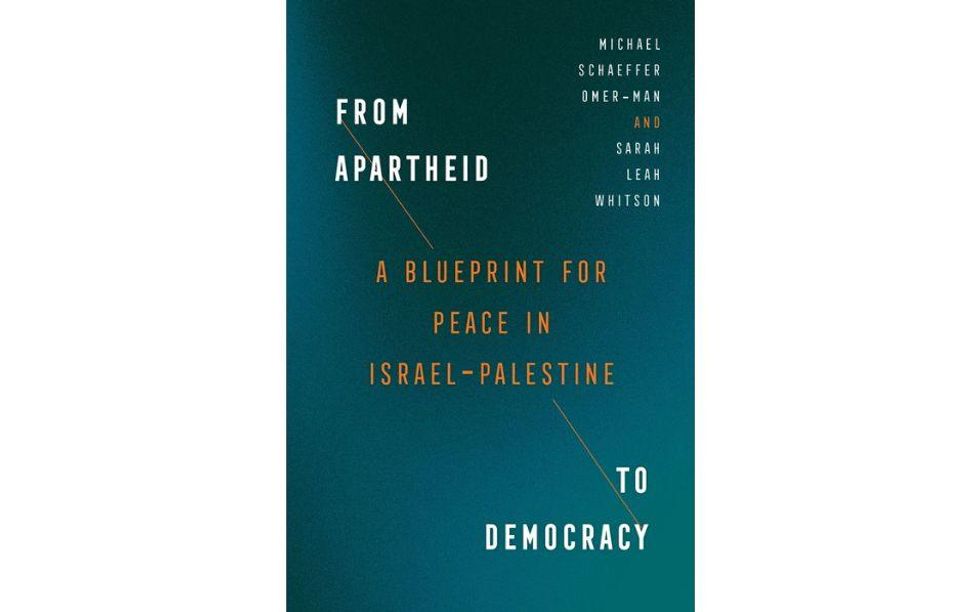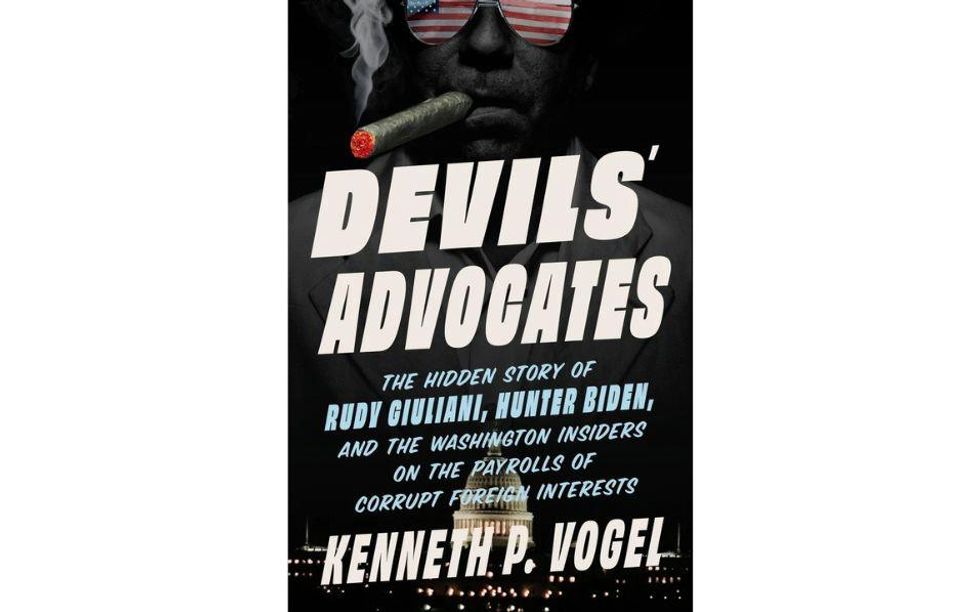Even as Americans struggle to deal with a deadly and seemingly unprecedented pandemic, it isn’t too soon to wonder how the present crisis will shape our collective understanding about the dangers that we face, and the best means for addressing them.
One thing, however, is obvious: the military and other tools of force and coercion that are generally useful against traditional threats — from invading foreign armies to swarms of killer drones — are essentially irrelevant against killer bugs. Indeed, as the plight of the aircraft carrier USS Theodore Roosevelt reminds us, military personnel might be more vulnerable to infectious diseases than the general population.
So, does COVID-19 change everything when it comes to U.S. national security strategy? It might, if it reorients the way we think about what we need to keep us safe and upends the old politics of hawks versus doves.
Any possible transformation must begin with a reassessment of how we approach foreign dangers. Though many Americans often fail to appreciate it, the United States is remarkably secure from many traditional threats. Indeed, blessed by weak and friendly neighbors to the north and south, and wide oceans east and west, we often seem to care about the security of others — sometimes even more than they do — precisely because we are (or at least have been) less concerned about more proximate dangers. We are less troubled, for example, about the Chinese threat to Hawaii than to Taiwan. Unconcerned about cross border invasions by Canadian Mounties into Montana, we worry about Russian tanks rolling into Estonia, or Vladimir Putin’s “little green men” slipping into Ukraine.
The pattern was established in the earliest days of the Cold War and was informed by the experience between the First and Second World Wars. For decades, U.S. policymakers have sought to keep potential adversaries at a distance. Defeating them “over there” was the goal. Being pro-active might even stop a global war, something that the United States’ hands-off approach of the 1930s failed to do. The military sometimes complains about the tyranny of distance, but the ability to fight forward is a luxury, one that most other countries simply don’t have.
After 9/11, a new danger grabbed our attention, and there was a brief focus on terrorism as a chiefly domestic problem. We debated the creation of a new cabinet level agency to protect the homeland, and new airport screeners. We tolerated countless intrusions of privacy, and routine abuses of civil liberties. But the so-called “war on terror” quickly shifted to the fight-forward approach. Americans attempted to defeat al-Qaida, and its sympathizers and allies, where they lived, rather than wait for them to hit us where we live. Nearly a decade hence, this decision might have mostly created terrorists where none previously existed.
Military-centric solutions, however, may be upended by COVID-19. Americans no longer feel safe, even in their own homes. The threat posed by an invisible silent killer is even more ominous than that of terrorists who were also mostly invisible (or perhaps non-existent). In a time when the United States’ physical security can no longer be taken for granted, will Americans be as tolerant of a national security strategy aimed at protecting others from invasion or coercion? And will they be willing to pay for a military geared to fighting foreign enemies abroad, especially when more urgent threats are already here?
Opportunity costs
The need to balance between foreign and domestic priorities is ever-present. In his “Chance for Peace” speech of April 1953, President Dwight Eisenhower famously spelled out the tradeoffs.
“Every gun that is made, every warship launched, every rocket fired signifies, in the final sense,” he said then, “a theft from those who hunger and are not fed, those who are cold and are not clothed.”
He observed that a bomber cost the equivalent of 30 schools, “two fine, fully equipped hospitals” or “50 miles of concrete highway.”
Teachers would later point to that speech, invoking Eisenhower’s name to justify cuts in military spending to obtain increases for education. Others wished for the day when schools would have all that they needed, while the Air Force would have to hold a bake sale to buy a bomber. Doctors and nurses are now broaching similar issues with respect to intensive care units and personal protective equipment.
To critics, such calls were always silly and short-sighted. The United States could have it all, they told us. Good schools, good healthcare and a military capable of fighting many battles simultaneously, including on behalf of others.
Zero-sum thinking, and fiscal conservativism generally, they said, unnecessarily forced the United States to fight its adversaries with one arm tied behind its back. By unleashing America’s growth potential, fueled by government spending — including spending on the military — we would create an economy that could pay for both guns and butter.
Those claims persist. When the United States was waging wars in Iraq and Afghanistan, plus hunting al-Qaida on at least four continents, defense spending advocates dismissed calls to actually pay for such wars with higher taxes or major cuts in popular social programs. Even after the 2008 financial crisis, they dismissed talk of offsets or spending caps as reckless and unnecessary.
Plus, advocates for higher defense spending are always quick to add, don’t forget about the spin offs — from the microwave to the Internet to GPS. Government investment into basic research for the military made possible a range of consumer goods that wouldn’t exist in the absence of such activity.
To be sure, some military spending might be relevant in the current crisis. The lab at Fort Detrick, in Frederick, Maryland –— officially the U.S. Army Medical Research Institute of Infectious Diseases — is now on the frontline of the search for a vaccine against COVID-19.
The facility represents a tiny fraction of the entire Army budget, however, and has often been a tempting target for those seeking funds for other more urgent priorities. Earlier this year, the Trump administration proposed to cut $104 million from the lab’s budget. Now, they’re looking to boost funding for the institute and other labs by $900 million. Is this an early indication that our priorities have actually changed?
In the post COVID-19 era, who will call for cutting the budget of an agency that might have stopped the outbreak in 2020? Who will argue that hospital beds or N-95 masks aren’t needed, but that the cost of maintaining U.S. troops in Europe is an expense that we simply must bear? Who will say that more F-35s are vitally important for our security, but we don’t need to research how to defeat an invisible killer?
When Americans realize that the $1.5 billion that the Trump administration requested to upgrade or modify 89 M1 Abrams tanks could have bought as many as 60,000 of the life-saving respirators that are now in such short supply, will they exact a price on the politicians who ignored the pleas to stop buying the tanks the Army didn’t want?
We may get a sense soon. A poll taken just before the current crisis found a healthy plurality of Americans believing that U.S. military spending was about right. But in the just-passed $2.2 trillion aid package, the Pentagon came away with about $10 billion — a mere 0.5 percent of the total, and a far cry from the roughly 55 percent of discretionary spending that it receives in a typical year.
All of the above
Pentagon spending advocates are likely to argue that we cannot prioritize. To take our eyes off foreign threats while addressing the one here among us, they will say, would expose the entire planet to extreme peril.
Ever since the dawning of the nuclear age, we envisioned this grave danger as a life-extinguishing mushroom cloud — actually many mushroom clouds. In the last few weeks, we’ve seen glimpses of a different danger; patients gasping for air as a microbe attacks their lungs, and left in hallways, or in the streets, because there aren’t enough ICU hospital beds or ventilators. Can we care for all of these people, while also spending hundreds of billions of dollars on a military that operates mostly far from our own shores?
The tradeoffs are rarely so stark. Soldiers and Marines proved commendably flexible after 9/11. Ships and planes can be moved. But the military instrument that was useful for dealing with petty tyrants from Saddam Hussein to Muammar Gaddafi, and was even suitable for use against terror group leaders, seems uniquely unsuited for defeating microscopic pathogens.
Nevertheless, the safe bet is that inertia will prevail. Strategists and policymakers will push to retain the fight-forward approach for most traditional threats, and then layer the additional expenses required to deal with infectious diseases on top of all the rest.
But while the coronavirus won’t change everything, it will change many things. The response to it has already put enormous strain on the U.S. economy. Sen. Chris Murphy (D-Conn.) called on U.S. policymakers to begin preparing now for the next pandemic. It seems inevitable that measures taken to avoid a repeat of the current crisis will impose costs, much as the post-9/11 response did for nearly every person and industry.
COVID-19’s more lasting effects, however, could be seen in whether, and how, we restructure our government, and what it means for civil liberties. A U.S. government strong enough to mobilize all of society‘s resources against all threats would compel us to depart from our founding traditions, and would ultimately threaten Americans’ freedom and prosperity. We might be getting a glimpse of that today, with stay-at-home orders, compulsory business closures, and yet another massive increase in debt-funded government spending.
Sensing the danger of overreaction to crises, President Eisenhower sought “balance in and among national programs,” as he explained in his farewell address, “between the private and the public economy” and “between action of the moment and the national welfare of the future.”
Finding that balance post-COVID-19 will require us to revisit all of the things that we say we need to do to keep us safe. And it should entail finally shifting resources away from the military, and dropping a militarized approach to global problems, in favor of the many other instruments of American power and influence.
























